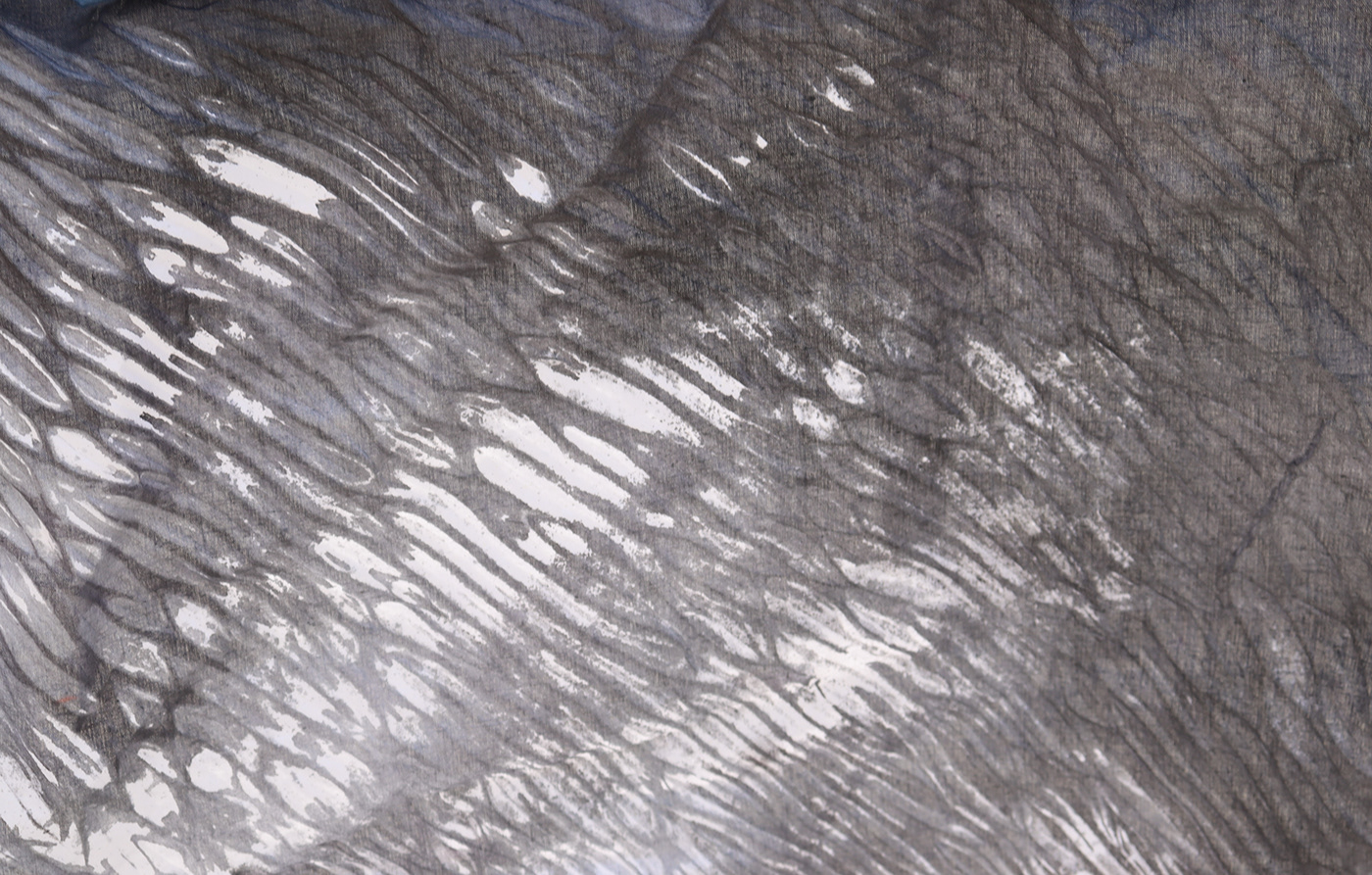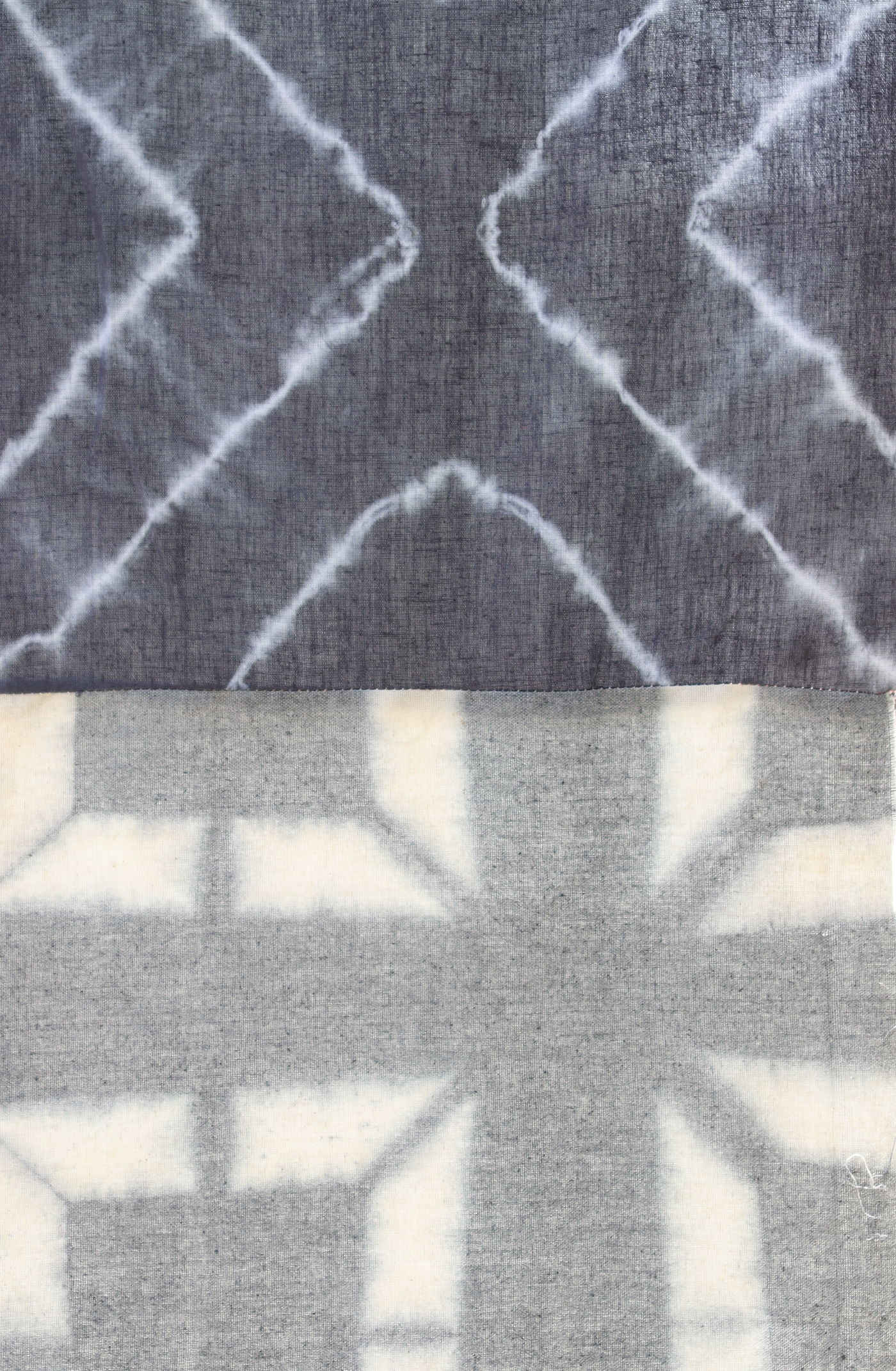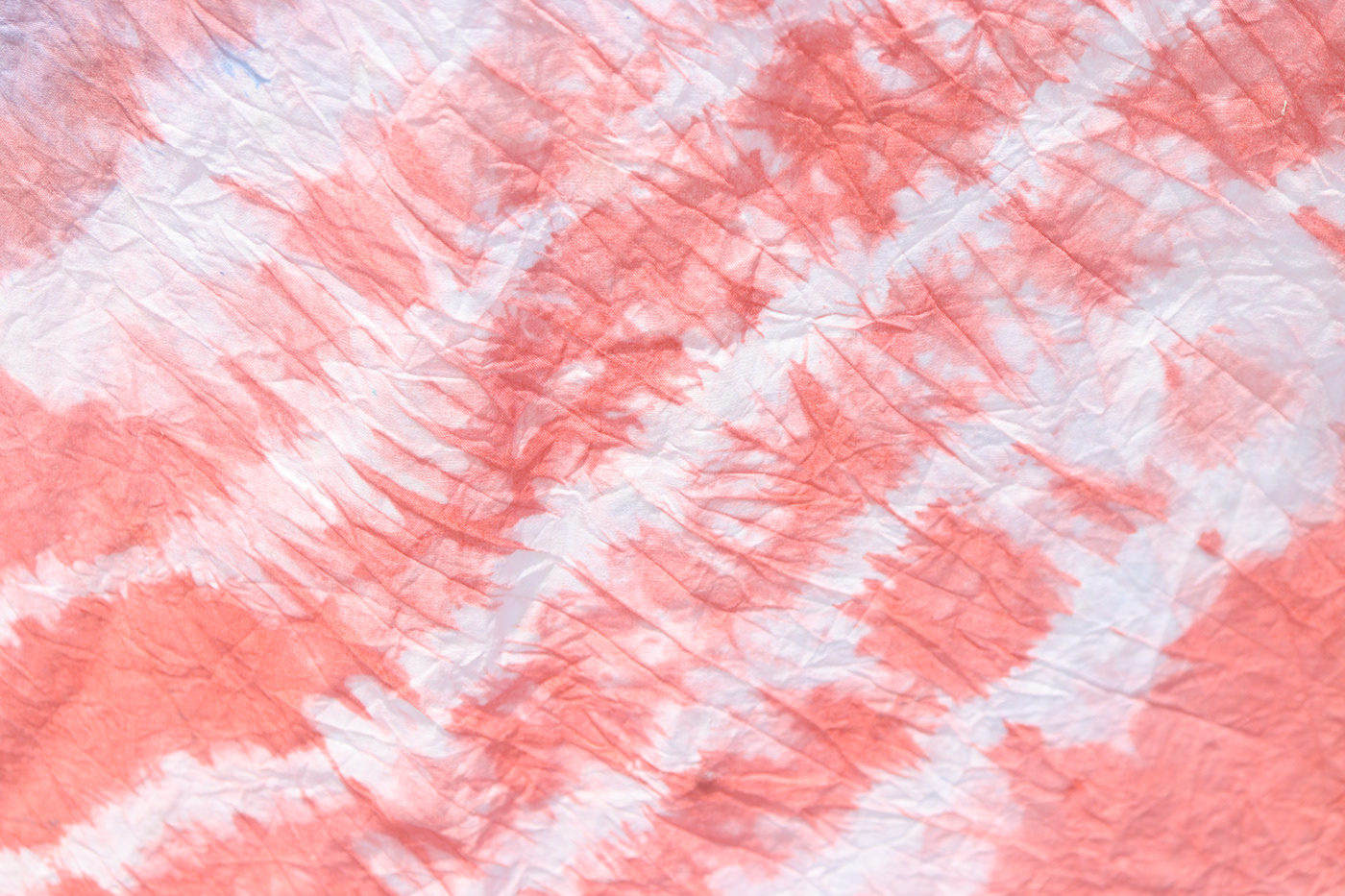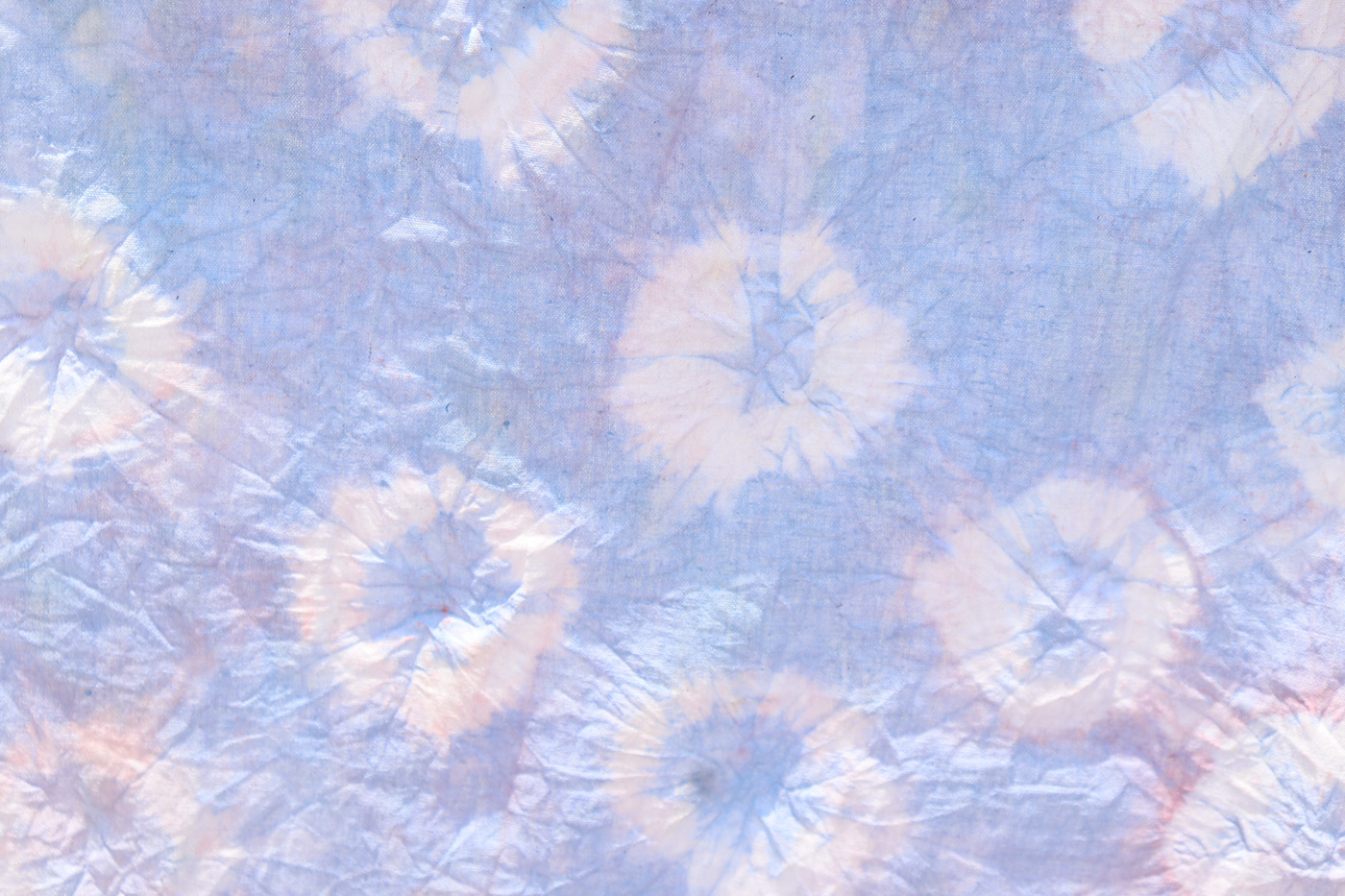
Introduction
Tie and die is the process of crumpling, twisting, pleating, folding, stitching, pulling and tying fabric or a garment ,a product or any textile with rubber bands or threads. Tie and die is a resist dying technique that results in surface ornamentation of the fabric. A variety of Tie and die techniques are prevalent in the world since ancient times. In India Bandhani is the most unique ,traditional and long lived process of tie and dye. Tie and dye is done mostly on a pure 100% cotton cloth with direct dyes {here}. Initially Asian countries and regions of Japan ,China, India and South East Asian countries mastered the art of tie and dye. The Sui dynasty was a Chinese Imperial dynasty that came along in the 5th century AD in China and has the earliest evidences of tie and die. The earliest surviving sample from the pre Columbian era in Peru are dated back to 500 to 810 AD. In Asia shibori, trictik, batik, ikat, bandhani, are well known Tie and Dye techniques.

Process






Final Fabric Swatches

Kumo Shibori
A pleated and bound type of resist is Kumo a technique that involves pleating sections of the cloth with fine details and evenness. This cloth bound with close sections gives the result of a very specific spider likes structure. This requires a presice technique, process and attention to details.

Arashi Shibori
Arashi shibori is a traditional Tie and die technique from Japan. Shibori in general is done with Indigo hues. The fabric or the garment is wrapped around a pole and then scrunched together with force and then tied. The wrapped fabric is set in dye bath for 10 to 15 minutes and then the pole and the cloth is rinsed thoroughly to remove any excess dye residue. This is how a traditional Arashi Shibori is made.







Leheriya
Leheria or Leheriya is a traditional textile style of tie dye originated in Rajasthan, India. Its designs are inspired by the natural wave(leher) patterns formed by the wind blowing across the desert sands of Rajasthan.The word "leheriya" is derived from the Sanskrit word “lahara,” meaning “wave.









Nui shibori
Ori nui shibori
Nui shibori includes stitched shibori. A simple running stitch is used on the cloth then pulled tight to gather the cloth. The thread must be pulled very tight to work, and a wooden dowel must often be used to pull it tight enough. Each thread is secured by knotting before being dyed. This technique allows for greater control of the pattern and greater variety of pattern, but it is much more time-consuming.












Itajime Shibori
Throughout Japanese textile history, Kyokechi or itajime shibori has been known as a resist dye patterning process wherein a piece of folded cloth is sandwiched between wooden boards clamped tightly to protect selective areas of fabric from dye. Itajime textiles were identified by their resulting characteristic repeat patterns.



















































